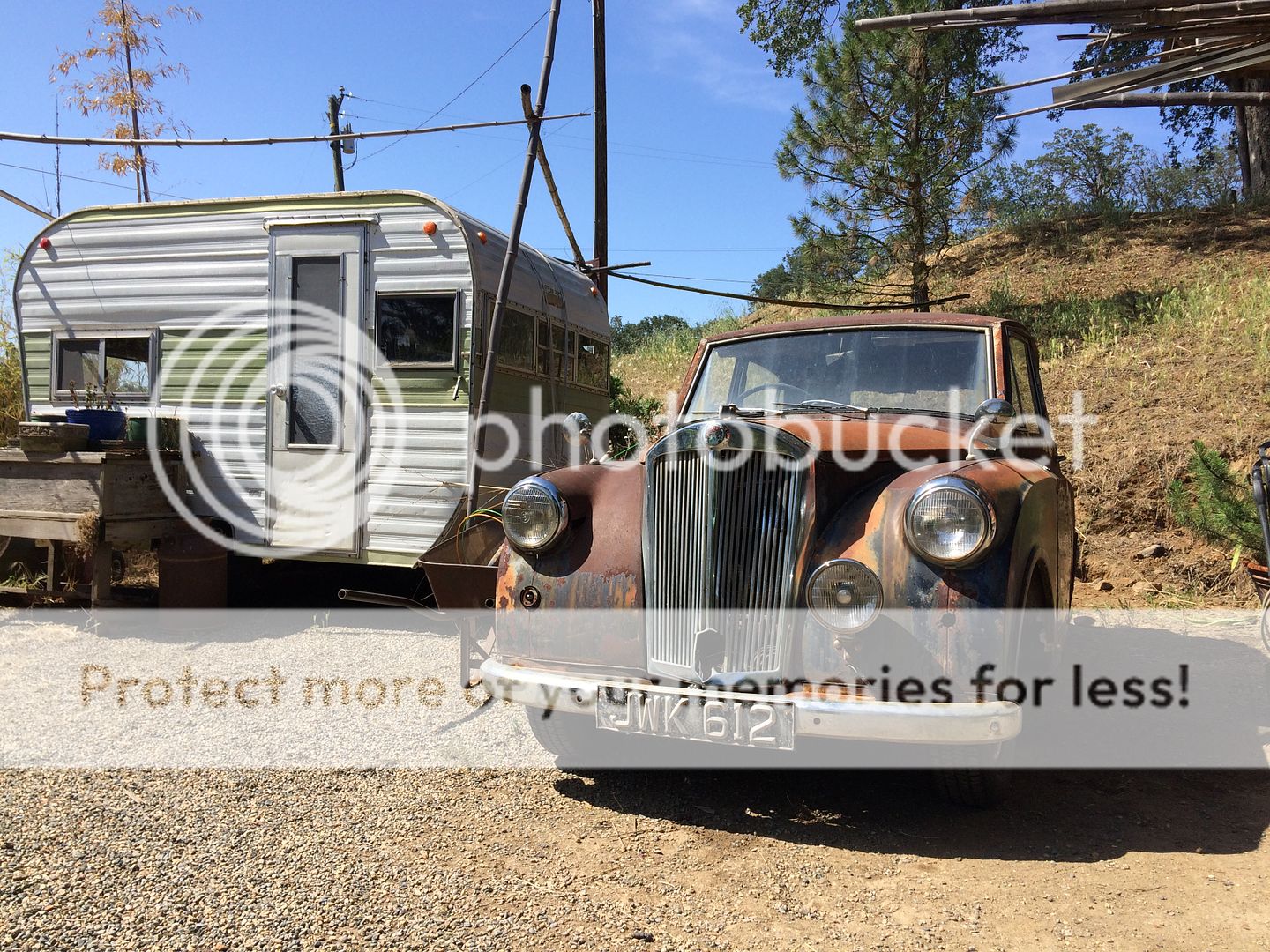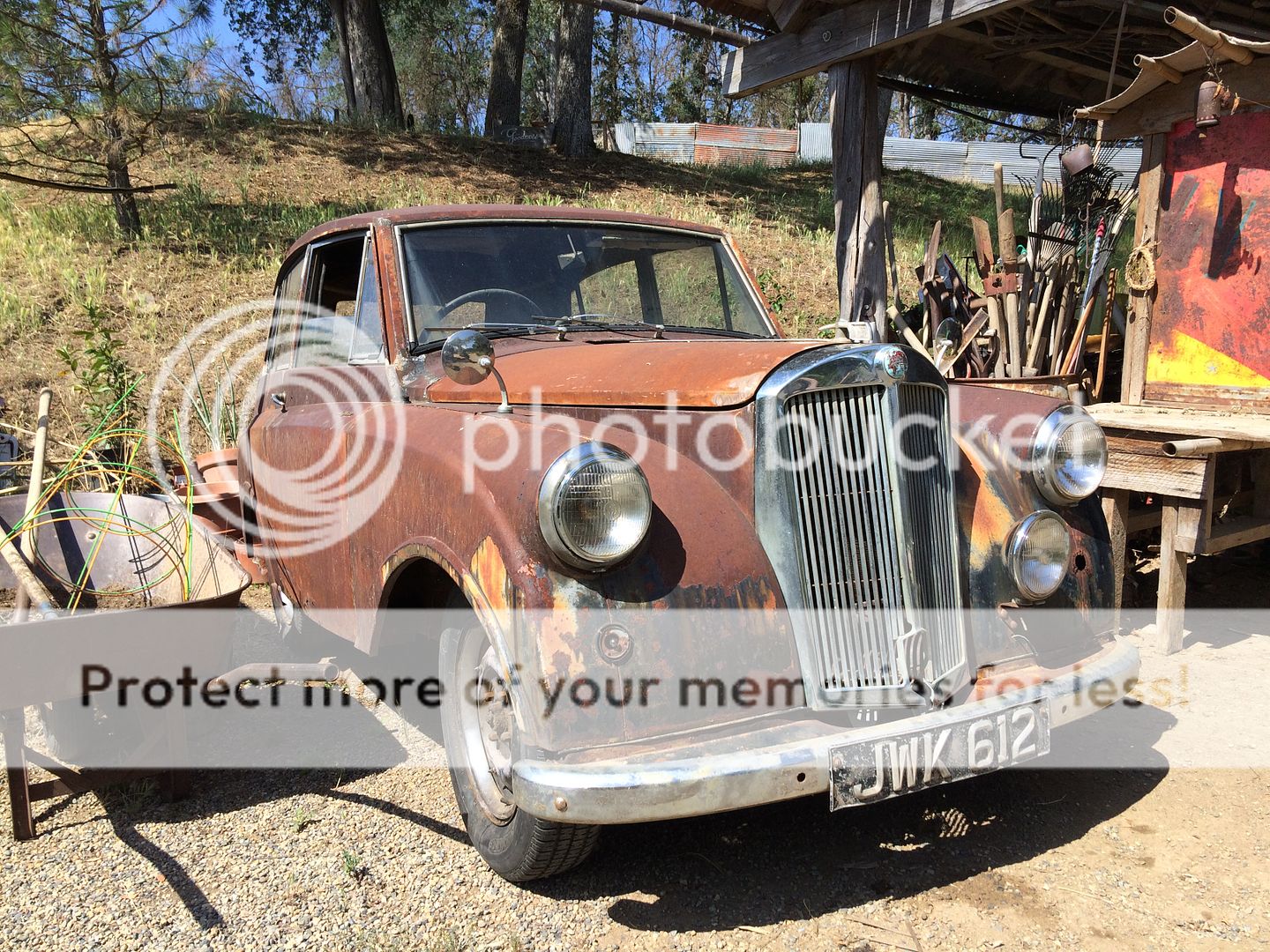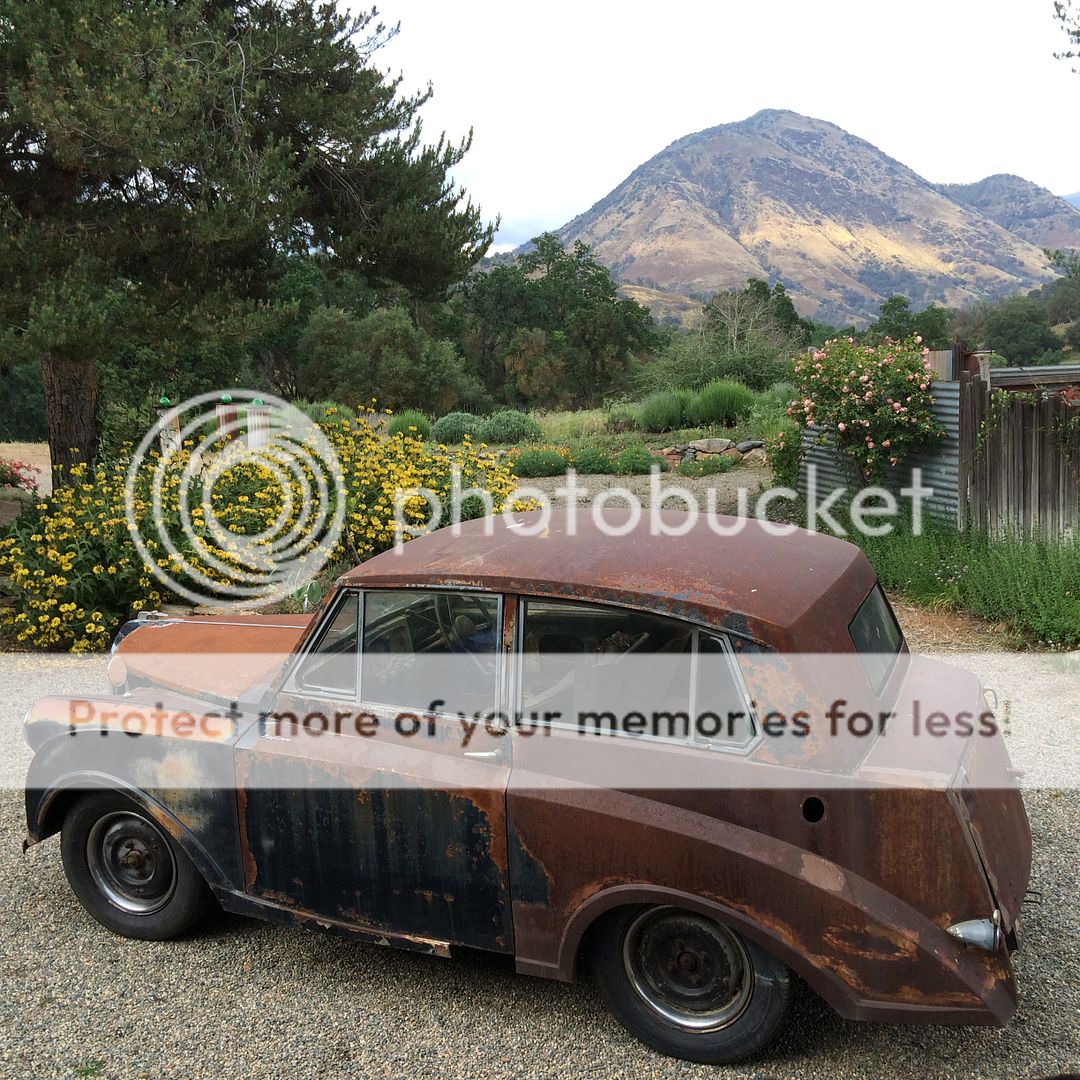RHDMayflower
Freshman Member
Offline
Good day to you all, as a brand new member of the forum I'd love to start with a question or two...however, I'll offer an introduction by way of forum etiquette and respect for all of your time. I have been a car guy most of my life (started with my first VW at 15) and even though I may be newcomer to the British car world, I'm no stranger to foreign machines. Old Volvo 122's, multiple Fiat's, several Renault's, dozens of Volkswagens...1971 Mercedes 280se 4.5, a 1958 Simca Aronde Grand Large and an NSU Prinz are among the many imported vehicles I've owned and worked on over the years.
However, I now find myself at a bit of a loss. You see, I recently purchased this (presumably-no title) 1949 or 1950 Triumph Mayflower. It is right-hand drive, a bit rusty around the bottom (as I've heard "they all are") but very straight and complete. The car even has all 5 matching original rims and beauty rings and came with its original 1950's British license plates...
So Here is my first series of questions:
How do the British handle license plates? Do they stay with the car or would they be switched from car to car by one owner...(?) could a certain plate number be reissued by the government to other parties after a car has expired?
And the second question:
I believe that I may have ended up with the EXACT Mayflower that was road tested by Triumph in the initial stages of its release...or so it would seem. Would that connection and matching license set to support that claim, lend any intrigue to potential buyers of this strange little bird?
I'm not certain how to attach pictures yet, but I'll work on that.
Thank you for your help in advance.
However, I now find myself at a bit of a loss. You see, I recently purchased this (presumably-no title) 1949 or 1950 Triumph Mayflower. It is right-hand drive, a bit rusty around the bottom (as I've heard "they all are") but very straight and complete. The car even has all 5 matching original rims and beauty rings and came with its original 1950's British license plates...
So Here is my first series of questions:
How do the British handle license plates? Do they stay with the car or would they be switched from car to car by one owner...(?) could a certain plate number be reissued by the government to other parties after a car has expired?
And the second question:
I believe that I may have ended up with the EXACT Mayflower that was road tested by Triumph in the initial stages of its release...or so it would seem. Would that connection and matching license set to support that claim, lend any intrigue to potential buyers of this strange little bird?
I'm not certain how to attach pictures yet, but I'll work on that.
Thank you for your help in advance.

 Hi Guest!
Hi Guest!

 smilie in place of the real @
smilie in place of the real @
 Pretty Please - add it to our Events forum(s) and add to the calendar! >>
Pretty Please - add it to our Events forum(s) and add to the calendar! >> 



